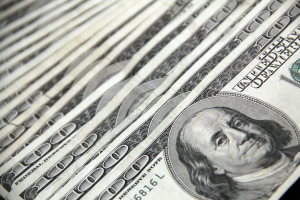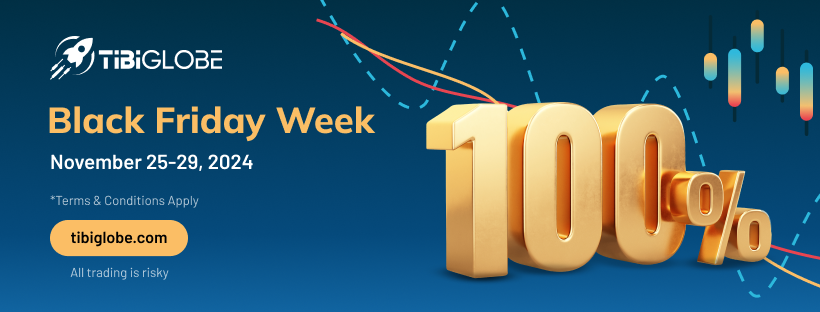Trading in the financial markets involves as much flair as knowledge of essential concepts and terms. Forex spreads are among the most debated concepts in online trading. So, let us delve right in by defining the term.
What are Forex spreads?
When applied to trading and investing, the word “spread” has multiple meanings. It can refer to stocks, Forex, bonds, and options. Here is an overview of the various uses of the term and how spreads are calculated according to their type.
Bid-ask spread
Typically, when checking a stock quote, two other values are listed in addition to the last trade price. These are referred to as the “bid” and the “ask” prices. The bid price represents the highest amount that someone is willing to pay currently for the stock, whereas the ask price represents the lowest amount someone is willing to sell it for.
The difference between the bid and the ask price is known as the spread:
Bid price – Ask price = Spread
Generally, large corporations whose stocks are traded in high volumes tend to have low spreads, sometimes just a few cents. On the flip side, stocks of smaller companies with relatively low trading volumes may have considerably higher spreads.
Narrow stock spreads indicate high liquidity and low transaction costs, whilst wider spreads are an indication of the opposite.
Spreads also refer to the difference between a short position (SELL) in a futures contract or a currency and a long position (BUY) in another futures contract or currency. This is known as a spread trade.
How are Forex spreads measured?
Forex spreads are measured in pips. A pip is the smallest unit (fraction) of the value of a currency or security.
For example, in the EURUSD pair, if the bid price is 1.1051 and the ask price is 1.1053, the spread is: 1.1053 – 1.1051 = 2 pips.
Types of Forex spreads
In Forex trading there are two types of spreads:
Fixed – spreads that don’t fluctuate regardless of the market conditions. Fixed spreads are generally offered by brokers that act as market makers or operate on a dealing desk model.
Variable (floating) – spreads whose value changes depending on market conditions. This type of spreads are offered by brokers operating on a “no dealing desk” model or STP brokers.
Risk tolerance and trading style are the main drivers of choice between trading with fixed and variable spreads.
Fixed spreads explained
As explained earlier, fixed spreads are one of the signature offerings of “dealing desk” brokers. Using a dealing desk allows brokers the flexibility to buy larger positions from their liquidity providers and offer them in smaller sizes to traders. In doing so, the broker also acts as a counterparty to their clients’ trades. This also enables the broker to control the prices they offer to traders.
Staying constant, fixed spreads provide consistency, allowing traders to estimate transaction costs confidently. This is particularly advantageous if you trade news/events, where prices can change within milliseconds. Events such as the NFP or GDP releases create volatility, causing prices and spreads to vary dramatically.
Scalpers can also benefit from fixed spreads, as they can easily infer how much profit they must make to break even. Similarly, novice traders prefer fixed spreads for their predictability, especially in market turbulence.
Variable spreads explained
Variable spreads are more flexible in the sense that they can easily adapt to shifting market conditions, widening and tightening as the trend changes direction. Unlike with fixed spreads, brokers can more easily adapt to market changes. Furthermore, they no longer act as counterparties to their clients’ trades, functioning on a “no-dealing desk” model.
In general, spreads widen as the liquidity supply in the market decreases during major economic events. Variable spreads may be problematic for scalpers, as widened spreads can swiftly sweep away any profits that a scalper makes in the blink of an eye.
Joining the dots: spreads and transaction costs
Now that we’ve clarified what spreads are, how they are calculated, and the various types of spreads, let us examine the relationship between spreads and transaction costs.
Before entering a trade, you need to know two things:
- The value of 1 pip
- The contract size (if you’re trading derivatives) or the number of lots you’re trading
With this in mind, the transaction cost can be calculated as follows:
Spread (in pips) x Number of lots x value per 1 pip
Let’s imagine someone trades EURUSD and the spread is 1.4 pips. They’re trading mini lots (10,000 units). This means that the value of 1 pip is $1 (10,000 x 0.0001).
Based on the above, the transaction or spread cost is:
1.4 x 1 mini lot (10,000 units) x $1 = $1.4
Now you’re all set. To apply this knowledge, just open an account with TibiGlobe if you haven’t done so already and start trading.
Risk Disclaimer:
CFDs are complex instruments and come with a high risk of losing money rapidly due to leverage. You should consider whether you understand how CFDs work and whether you can afford to take the high risk of losing your money. Prices can fluctuate rapidly, and past performance is not indicative of future results. Please refer to the full risk disclaimer on our website.
The information provided does not constitute financial advice and should not be relied upon as such. You should seek independent advice before making any investment decision.








